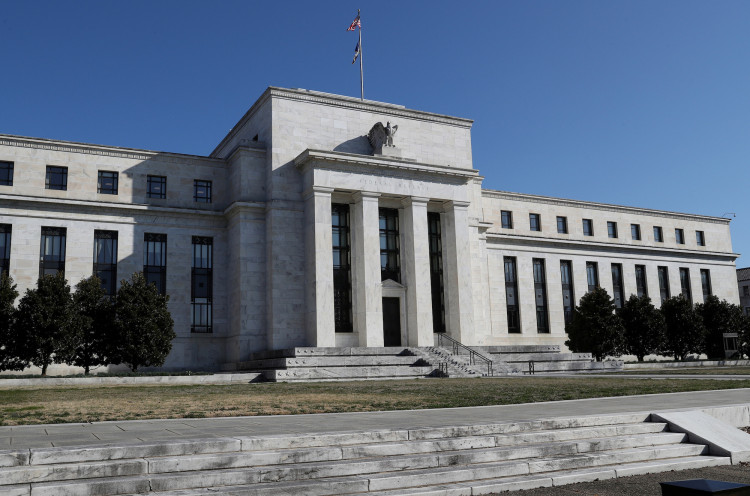During their latest meeting, Federal Reserve officials expressed a cautious stance on the possibility of reducing interest rates, amidst a complex backdrop of inflation dynamics and economic indicators. The minutes from this gathering reveal a Federal Open Market Committee (FOMC) not yet convinced that the time is right to ease monetary policy, despite acknowledging some progress in tempering inflation, which had surged to a 40-year peak in mid-2022.
The Fed's current position, characterized by a pause in rate hikes and no immediate plans for rate reductions, reflects a nuanced interpretation of recent economic data. Officials underscored the "risks of moving too quickly to ease the stance of policy," emphasizing the need for a more definitive trend towards their 2% inflation target before considering rate cuts. This cautious approach aligns with broader concerns about prematurely loosening monetary policy amidst ongoing inflationary pressures and economic uncertainties.
The debate within the Fed hinges on the appropriate duration for maintaining a restrictive monetary stance, given the uncertain trajectory of inflation and its implications for economic growth. Recent data has presented a mixed picture: on one hand, signs of "significant disinflation" offer hope, but on the other, the persistence of core inflation and sector-specific price pressures warrant a measured response.
The central bank's deliberations also extend to the balance sheet reduction process, known as "quantitative tightening," with discussions anticipated to deepen at the upcoming March meeting. This aspect of monetary policy, alongside interest rate decisions, forms a critical part of the Fed's strategy to navigate the current economic landscape without stifling growth or letting inflation run unchecked.
Market reactions and subsequent statements by Fed officials since the meeting reflect an ongoing recalibration of expectations regarding the future path of monetary policy. While some had anticipated rate cuts to commence as early as March, prevailing sentiment, influenced by hotter-than-expected inflation readings and robust economic indicators, now suggests a more gradual approach towards policy easing.
This environment of heightened vigilance and data dependency underscores the Fed's commitment to a balanced approach, weighing the risks of both inflationary pressures and economic slowdown. As policymakers grapple with these challenges, the direction of future monetary policy will likely continue to evolve in response to incoming economic data and the complex interplay of domestic and global economic forces.





